How to Store Seeds For Future Planting (easy instruction)
Knowing how to store seeds is something most gardeners will want to learn. Whether you have a huge garden or just a backyard space you often will not use up all your seeds in one season. Seeds can remain viable for years, but their performance is affected by the temperature and humidity where they are stored. Learn the best way to store seeds effectively.
First a quick video on my current seed storage situation. A photo-box seems to be pretty popular. I share my pros and cons for the photo-box in the video below. Just below the video I cover how to store seeds, what conditions they need to stay viable. (meaning that they will still sprout)
How to Store Seeds. Best way to store seeds for the garden.
The suggestions I share below are the same for either seed purchased commercially, or seeds you have saved yourself from your own plants. For short-term storage,1-4 years, most seeds will do fine with just keeping them in a dark cool, and dry area. For long-term storage it is also beneficial to keep seeds away from oxygen.
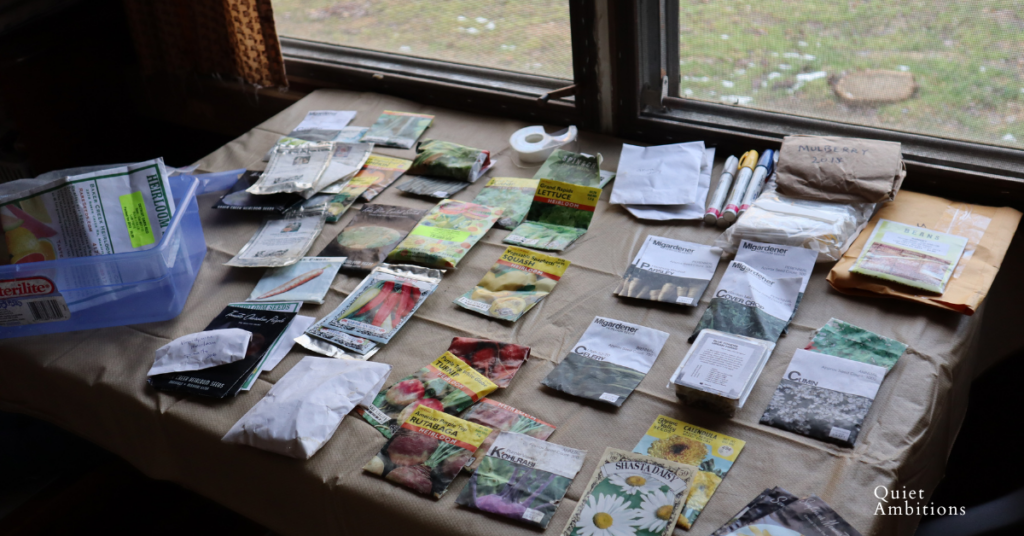
Seeds should be kept in the dark.
Seeds should never be stored in direct sunlight. And the less light the better. Seeds have a protective coating on them when they are dormant. Sunlight will start to break down that coating. Any place that protects your seeds from sunlight is sufficient.
Seeds should be kept cool.
Somewhere between 32 and 41 degrees is ideal storage temperature for seeds. To be perfectly honest, I don’t have a thermometer where I store my seeds. I just know that cool is best.
A cool basement room is a great option, or a cool closet shelf. Just keep in mind the moisture issue. If you live in a humid area sometimes basements can be pretty humid.
A shed or garage might not be the best choice. Yes, they will be cool in the winter but are they cool in the summer? It is likely that these areas will be very hot in the summers.
My choice has been a cool room in our basement. Now that we are in TN I don’t have a basement so I’ll be looking for another solution. We’ve got both humidity and heat to deal with here. Most likely I’ll be putting my seeds in a freezer or refrigerator.
A refrigerator is a great option as long as you protect those seeds from any moisture. I’ll discuss freezing and refrigeration more below.
Seeds should be dry. This is a top priority!
If you have purchased commercially packaged seeds they will be plenty dry as long as you have not gotten them wet yourself. Protect the seeds leftover in the seed packets.
I’ve had seeds that I saved myself and I must have accidentally spilled water on them. When I pulled the envelope out you could see the water mark. The seeds are plenty dry now but they were wet at some point. It is likely that these seeds will not germinate. Bummer!
Keep moisture away.
Common sense care will keep the seeds dry for storage. That can mean;
- Don’t leave seed envelopes out in the garden overnight where dew might collect on them in the morning.
- Don’t leave them out in a rainstorm. (that one is probably obvious 🙂 )
- Be careful not to spill water on your seed packets as you are planting. I I might be guilty of this one.)
- Keep the sprinklers off the seed packets. (another probably obvious one. 🙂 )
Basically, just keep the water off any seeds that are not going in the ground or into pots.
Storing your own seeds
If you are saving your own seeds each seed variety will have its own process for proper saving and drying. A rule of thumb to keep in mind is seeds should snap when you try to break them. If the seed is bendable or flexible, it is not dry enough.
Seeds can be stored in an airtight container.
This is something that is helpful but not necessarily required. Oxygen will eventually cause seeds to deteriorate so sealing them up in airtight containers does help. But for shorter term storage (1-4 years) it doesn’t make a huge difference. If you have seeds that you want to keep for longer than that, you should consider adding airtight containers to your seed storing plans.
Mason jars or plastic baggies work great for keeping things airtight. If you have a vacuum sealer that is a fantastic idea.
Can seeds be stored in the refrigerator?
A refrigerator will work but keep in mind temperature swings. A refrigerator is often opened and shut which does affect the temperature towards the front and on the door. Temperature swings can affect the longevity of your seeds. If you choose to put your seeds in the refrigerator I’d suggest keeping them in the back or maybe in the back of a crisper drawer. These places are usually hard to get to anyway, so stashing the seeds there would make good use of the space.
If you do store in the refrigerator, try to just take your seeds out when you are ready to plant or organize for the spring. Don’t take them out and peruse and then put them back more often than needed. (which is HARD!) I love to sort and look through my seeds planning out my garden every winter but keep the temperature swings to a minimum.
Should seeds be stored in the freezer?
Freezing is also a good option. But at the risk of repeating myself too much, keep in mind, the seeds must be dry. Moist seeds might swell and split when frozen. This will kill the seed and we definitely don’t want that! If you do store your seeds in the freezer when you are ready to use your seeds take the seeds out of the freezer a couple of days before you plan to plant and allow them to thaw first.
Keep in mind the ‘dry’ priority. Both the fridge and the freezer have humid conditions. I would suggest using a mason jar for storing in either the refrigerator or the freezer as it will keep out that humidity more effectively than plastic containers or bags.
This discussion brings us to the individual containers.
Long Term Storage of vegetable seeds.
If you want to save your seeds for the long term (meaning longer than about 5 years), cool dark, and dry still apply. Airtight containers add protection. Vacuum sealing adds protection. Silica gel packets will also add protection.
What is the best container to store seeds?
The best container to store seeds in is anything that protects your seeds. Plastic containers and ziplock bags are what I have always used in the past. Some people like to use mason jars.
I’ve just recently moved my seeds from all stuffed in a plastic container with a lid, to sorted and organized in this photo storage box container. I’ve only had this system starting this year (spring 2022). See the video at the top of this page for more on my current storage solution.
Plastic Storage Containers
For seeds I’m saving from the garden, I make sure they are very dry then, put them in paper envelopes, which then go in a plastic storage container. This is the container I’ve used in the past.
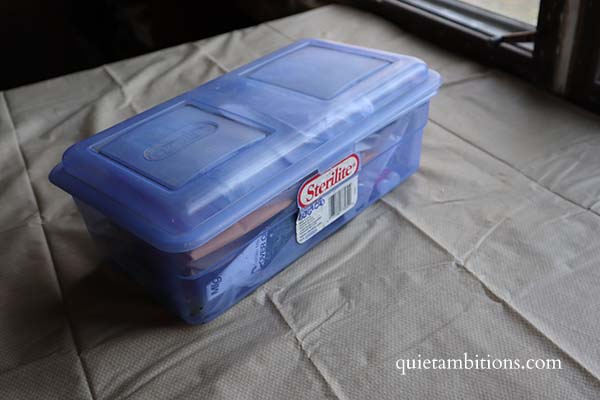
I think you’ll already know this but just to be sure; keep any commercially purchased seed with the original package. This will maintain the name of the seed, the package date and often planting instructions.
Then, all these packages or envelopes will go into moisture-proof and/or airtight containers.
Glass Mason Jars are often mentioned for storing seeds.
I use mason jars for lots of things however I admit don’t put my seeds in mason jars. It would be fine for storing them away. But I don’t like carrying the glass containers out to my garden. It works, but I would find it a hassle. (With the exception of using jars in the fridge…. then I think it is a perfect option.)
Simply put all those packets in mason jars with a tightly sealed lid. Or if you have seeds you’ve saved, put them directly into small or large jars according to how many you have. Be sure and label your jars of the seed type, date saved and any other details you’d like to remember.
Notebooks or pocket pages
I’ve read of people having 3 ring notebooks with photo or baseball card pocket pages. Seed packets fit in the pockets and it is easy to see what you have.
The notebook can be stored away each year, garden notes could even be added to the notebook to keep things together. One of those zipper notebooks would be perfect to keep it all protected.
A zipper notebook I’ve got my eye on…This one is simple but has a few extra storage pockets which would be good for pens, markers, tape, tags… etc.
Photo Storage Boxes for saving seeds.
Photo storage boxes are all the rage right now and I admit, I jumped on the bandwagon. It works well! Here is a video I did of the seed storage boxes I chose and some pros and cons of this seed storage method. The video at the top of this page shows how I use these.
Iris is the brand of storage boxes I chose. I based my choice on the great reviews I saw. I’m pleased with them myself. The handles were finicky but the carry box and small boxes are a nice quality plastic that will last!
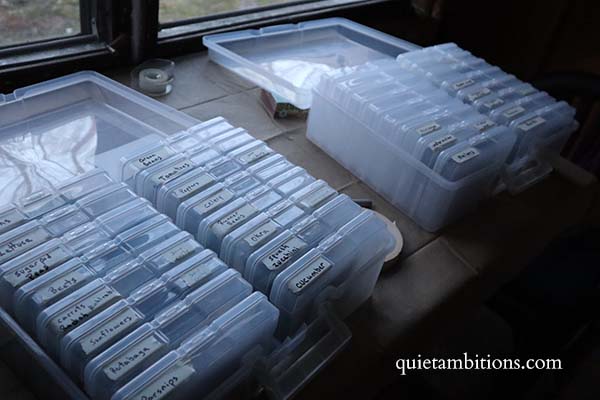
This is a 2 pack. Look for a single pack if you don’t have a lot of seeds. Each carton has 16 boxes within.
Many other brands of photo storage boxes are available as well. Look for them to hold 4×6 photos. These are a great size for many seed packets.
A few extras seed storage tips
- Silica gel packets can be added to your containers to keep them dry. These can be found at a craft or hobby store. I’ve also read that rice can be added to a container or even powdered milk in a cheesecloth bag. I’ve never used any additions to my seeds but it is apparently common. I have always lived in the desert. Moisture is rarely a problem. But with our recent move to TN, I’ll be watching this much more closely.
- Insects and rodents are bad news for your seeds. If mice find your stash and they can get to it they will eat it up. Be sure that your seeds are protected. If you think you will have a bug or rodent problem then you might want to consider the glass jar idea mentioned before. Jars will probably be your best defense.
- Whatever seed container you use, label it. If you’ve got commercial packages they will likely have information on it already, but you should add the date you purchased the seeds. Be sure and add labels to your own saved seed. The plant variety, and date you saved it, and any pertinent notes you want to remember.
- And just an extra tip for next spring… have you ever considered planting your seeds in egg cartons? It can work in some situations. I’ve got more here… Using egg cartons for seed starting trays.
Pin this to find later!
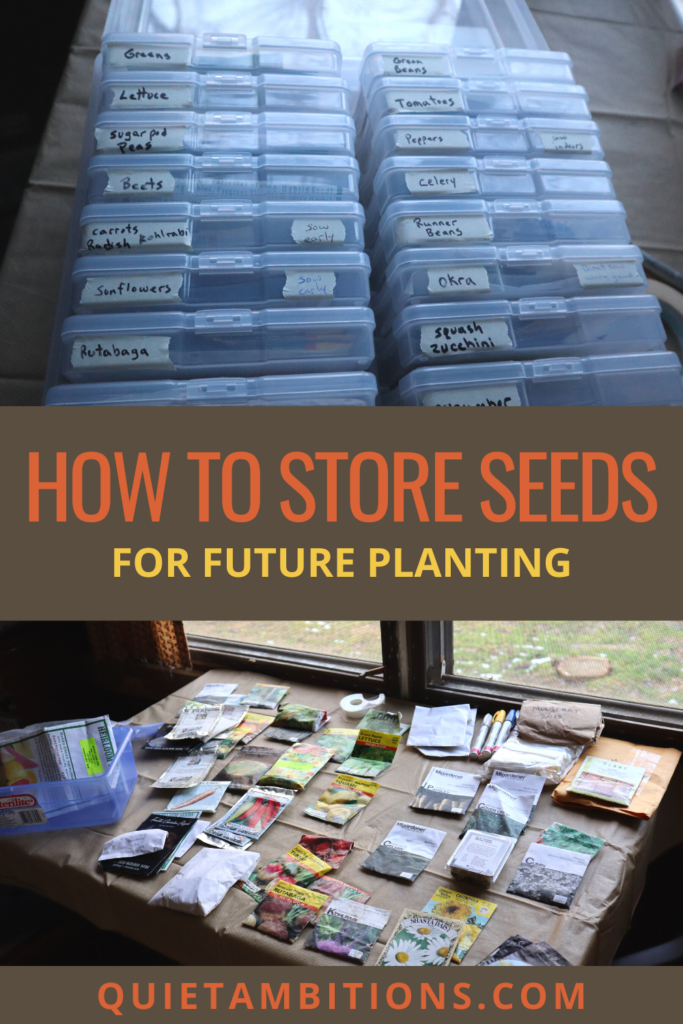

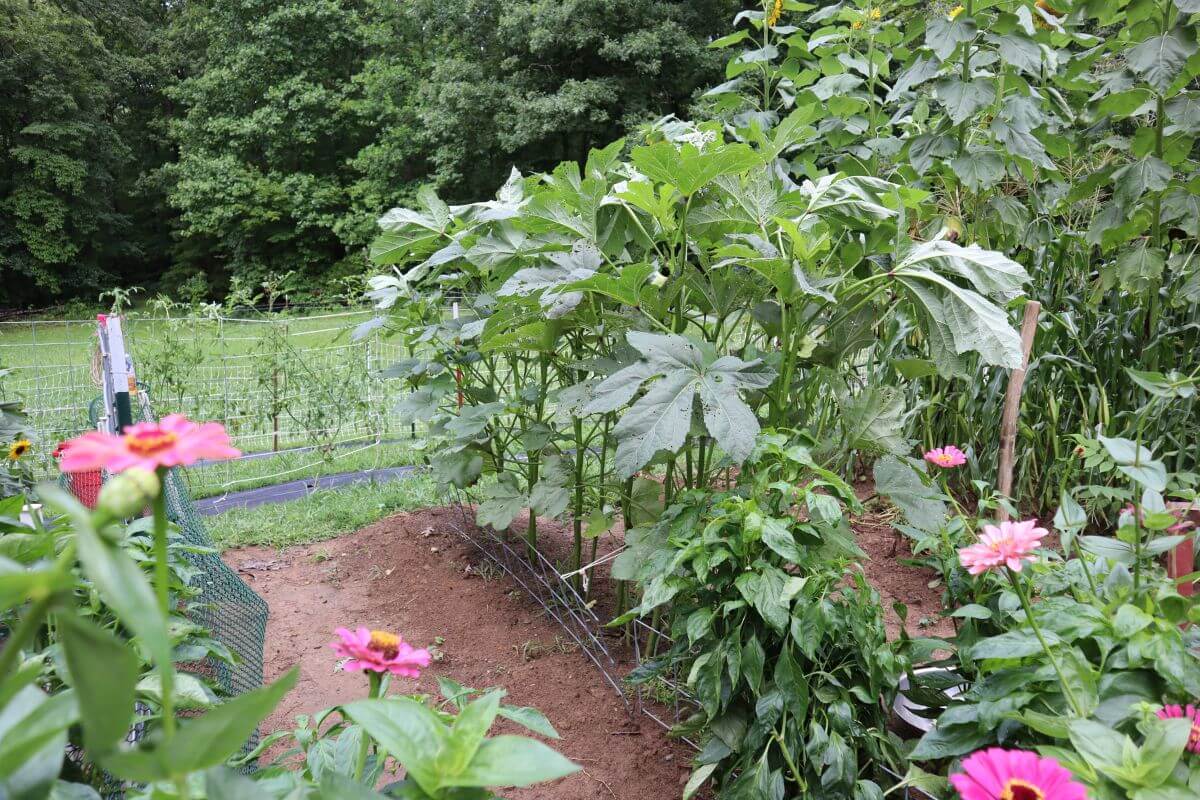
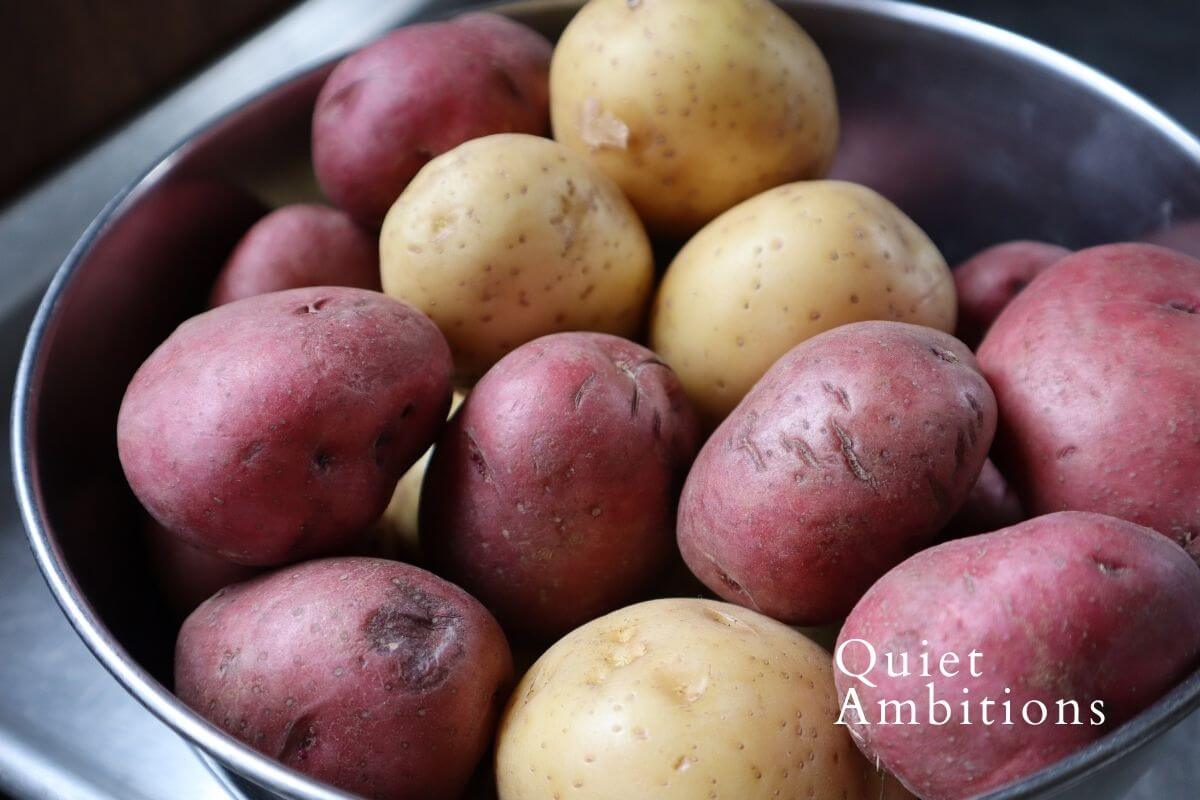
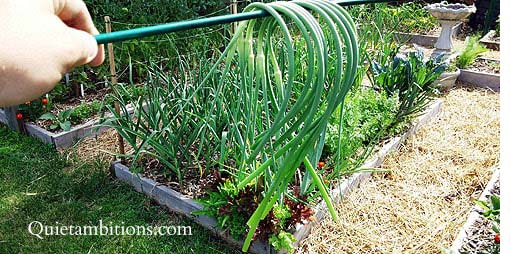
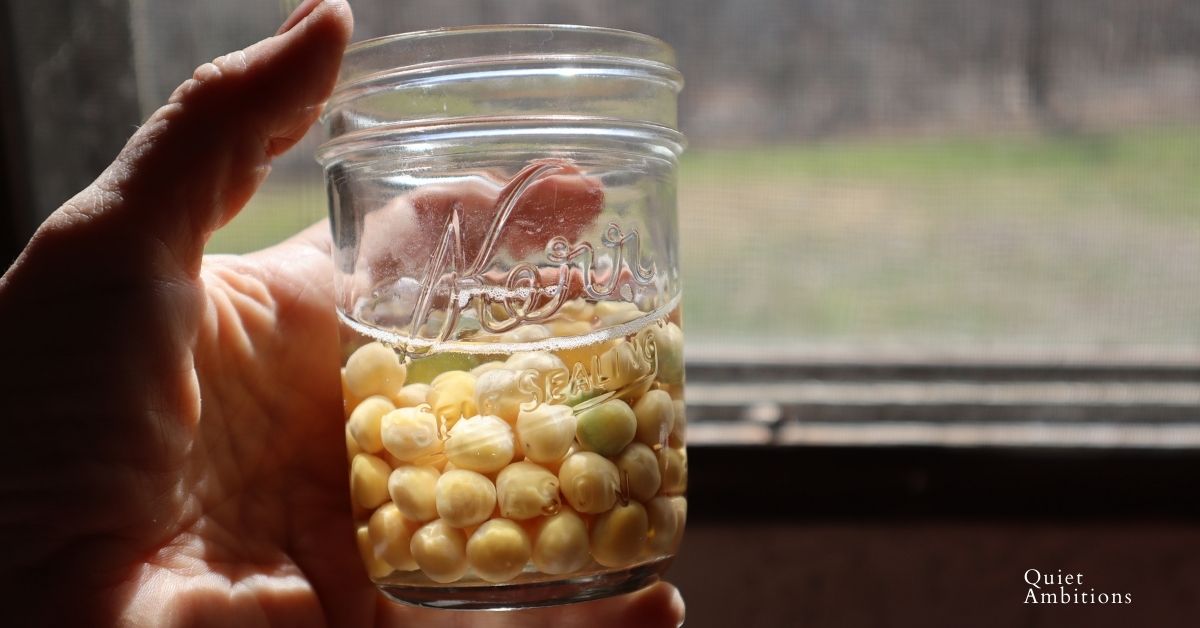
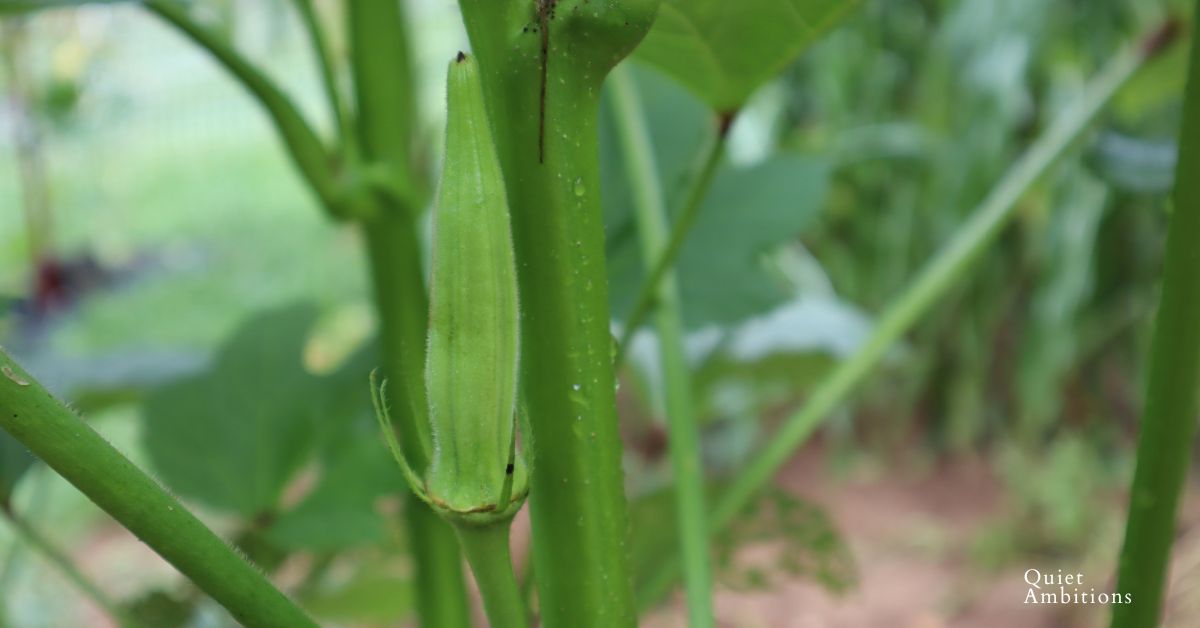
You gave a good amount of instructions on storing seeds. Thank you very much as I do try to save flower and garden seed at the end of the growing season here in western PA.
Thank you so much we have long discussed proper storage of seeds and how long they will keep.Great ideas thanks so much.